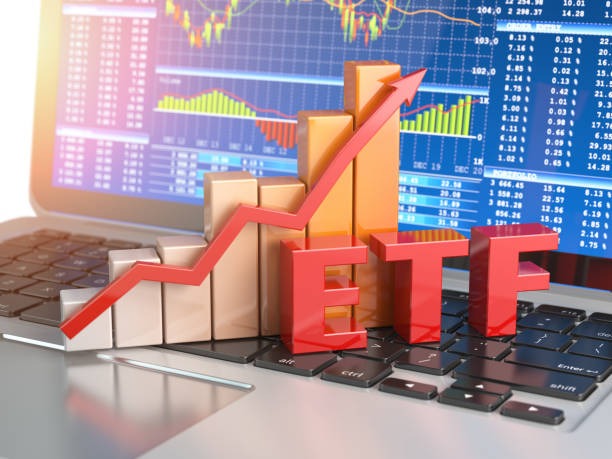
When building a well-diversified portfolio, many investors wonder: should I focus on small-cap ETFs or large-cap ETFs?
Each category comes with unique benefits, risks, and performance cycles.
This guide breaks down the differences, compares historical returns, and helps you decide which is best suited for your goals.
1. What Are Small-Cap and Large-Cap ETFs?
- Small-Cap ETFs invest in companies with a market cap typically between $300M and $2B.
They tend to have higher growth potential but also more volatility. - Large-Cap ETFs focus on well-established companies (market cap $10B+), offering stability and steady returns.
2. Performance Comparison
Historically, small-caps outperform during early bull markets as investors take on more risk for higher growth.
Large-caps dominate during uncertain or recessionary periods thanks to stronger balance sheets and consistent earnings.
👉👉 Live Data: Compare small-cap and large-cap ETF returns
https://www.etf.com/etfanalytics/etf-finder
3. Risk vs Reward
- Small-Caps: Higher upside, but more vulnerable to interest rate hikes and economic slowdowns.
- Large-Caps: Lower risk, but may lag during periods of strong economic expansion.
A balanced investor might split exposure between small- and large-cap ETFs to smooth performance across cycles.
4. Portfolio Allocation Tips
- Allocate more to small-cap ETFs if you are younger and can handle short-term volatility.
- Favor large-cap ETFs if you seek steady growth and capital preservation.
- Use a core-satellite approach: large-caps as your core, small-caps as growth satellites.
👉👉 Must-Read Guide: Learn smart ETF allocation strategies
https://www.investopedia.com/terms/e/etf.asp
Conclusion
Both small-cap and large-cap ETFs play critical roles in a diversified portfolio.
The key is to match your risk tolerance and investment horizon with the right allocation mix.
By balancing these two asset classes, you can capture growth while controlling downside risk.
Call to Action:
Don’t guess your portfolio mix — build it with data.
Subscribe to our free weekly ETF allocation report and get personalized insights on market cycles, sector rotations, and entry points.
For more information, please join the investment exchange discussion group
